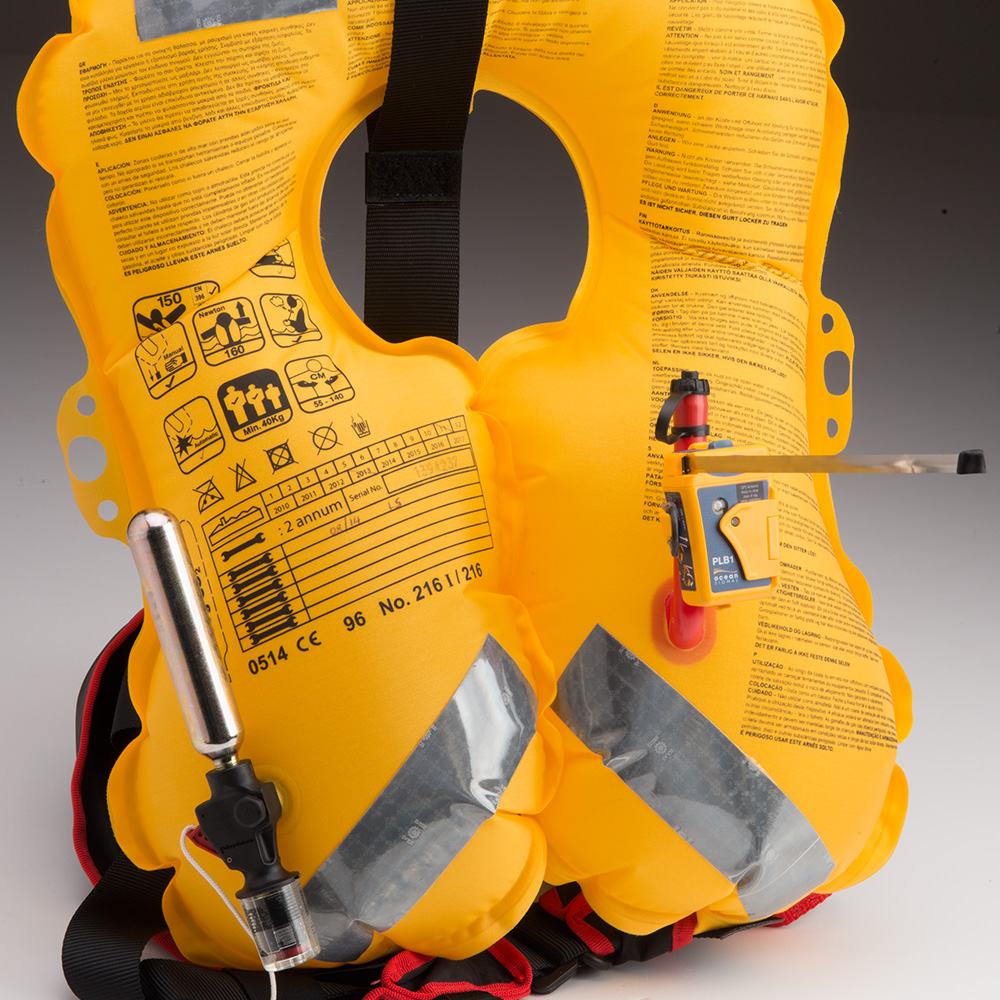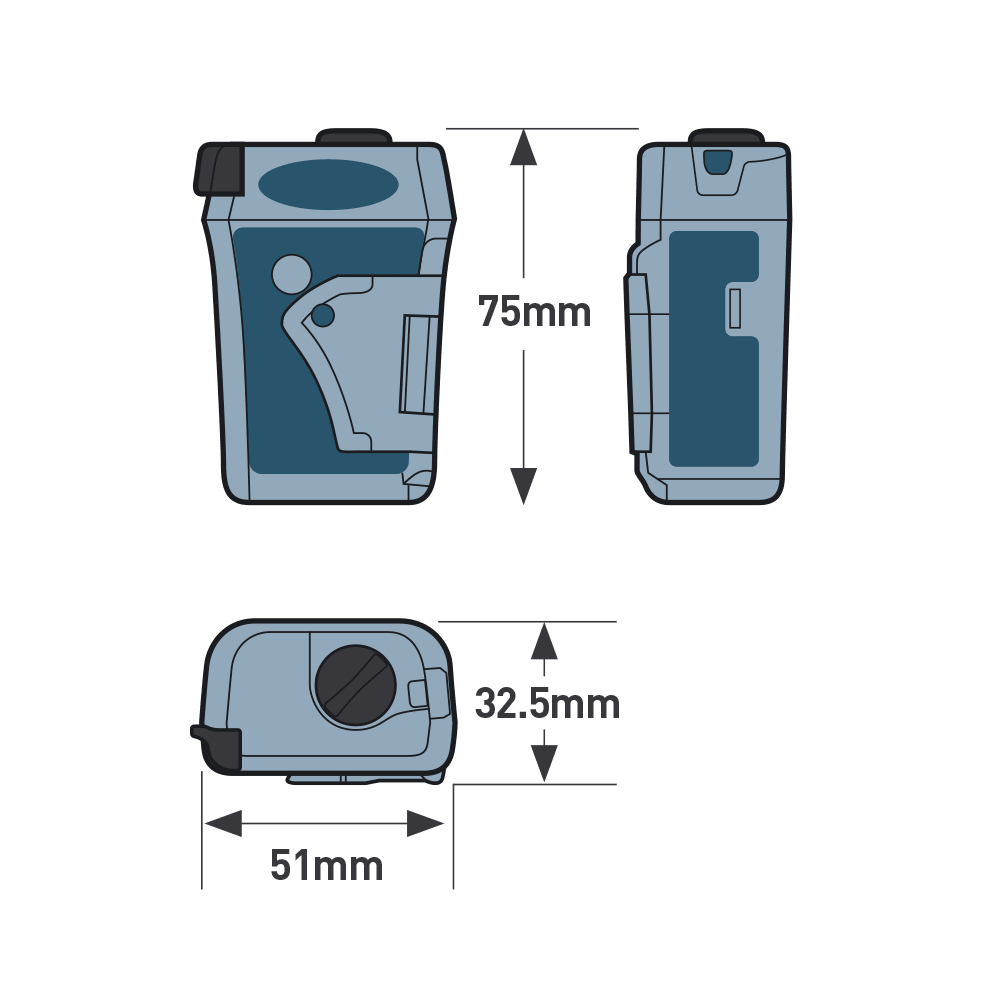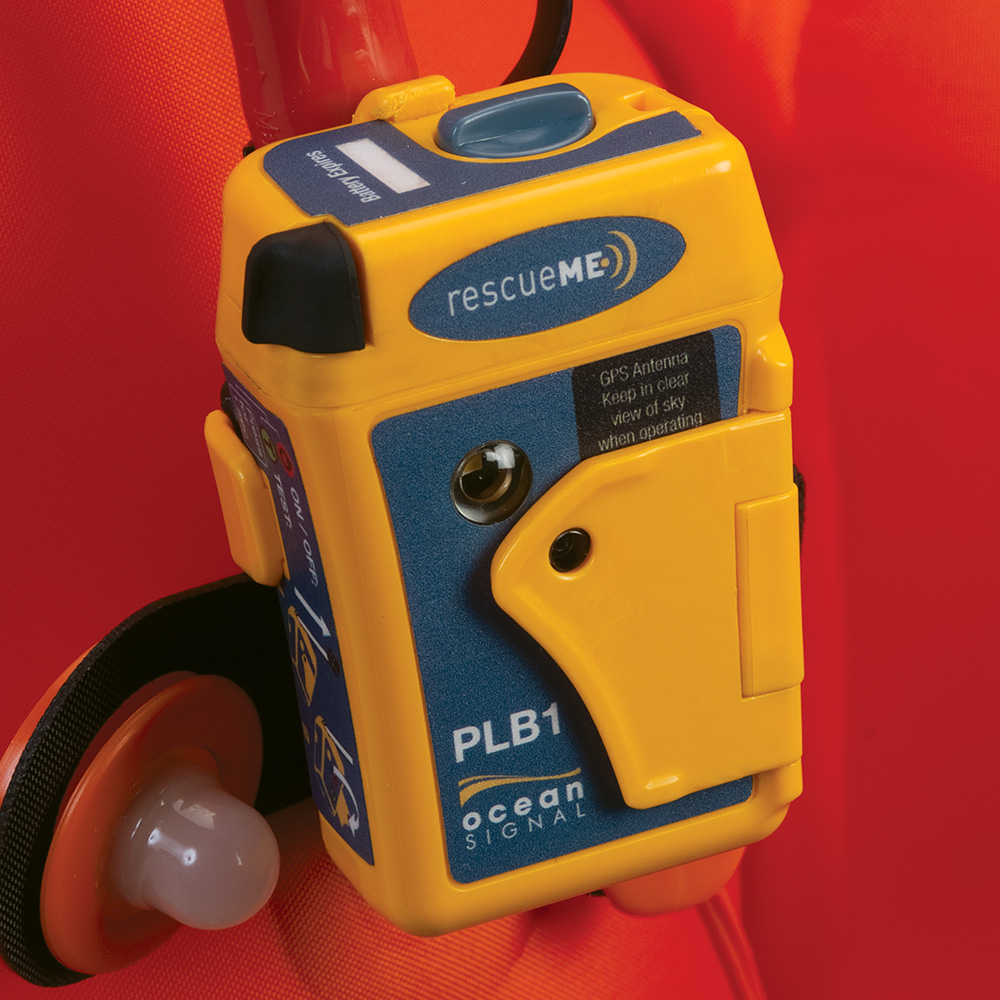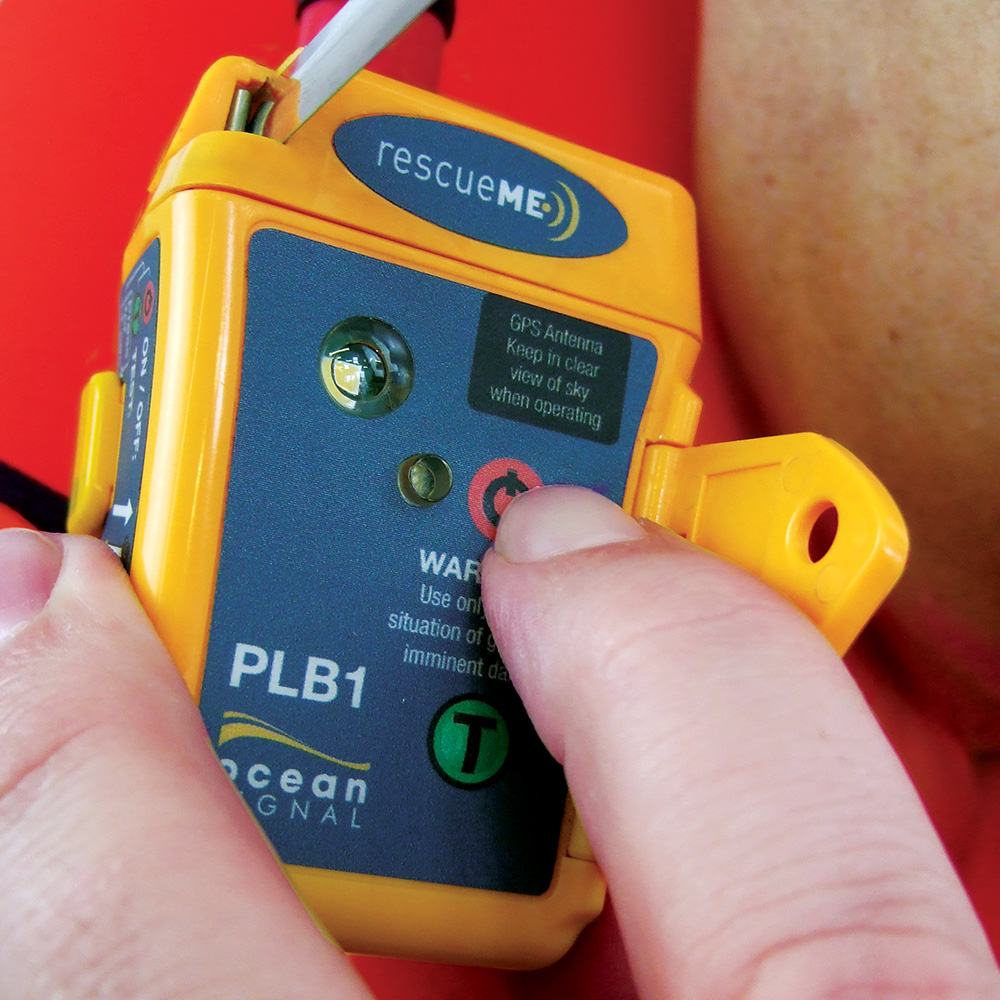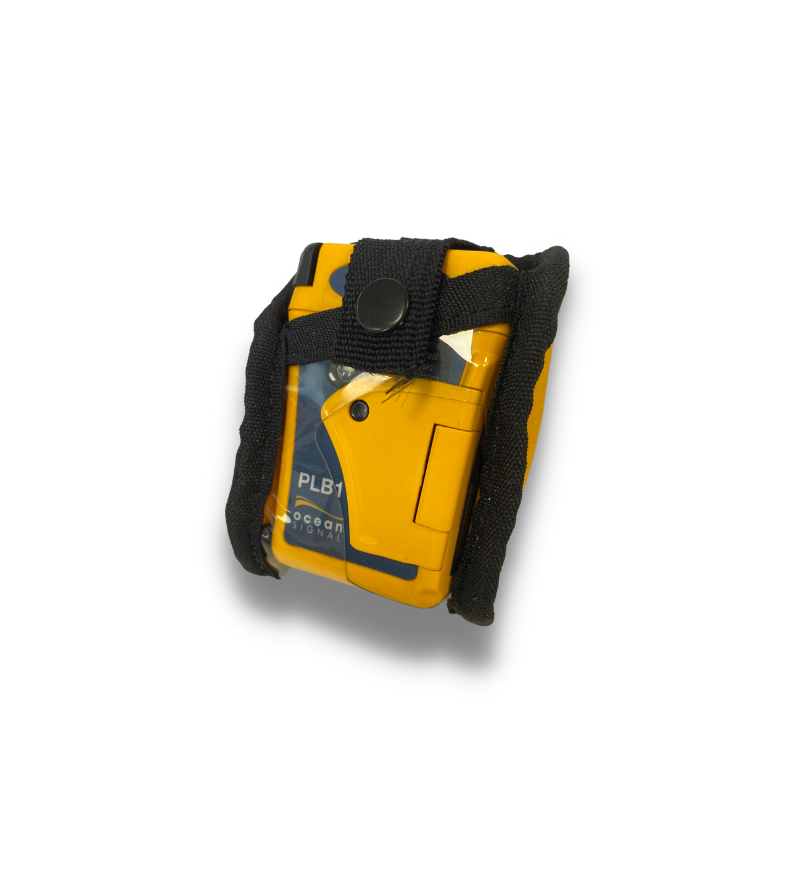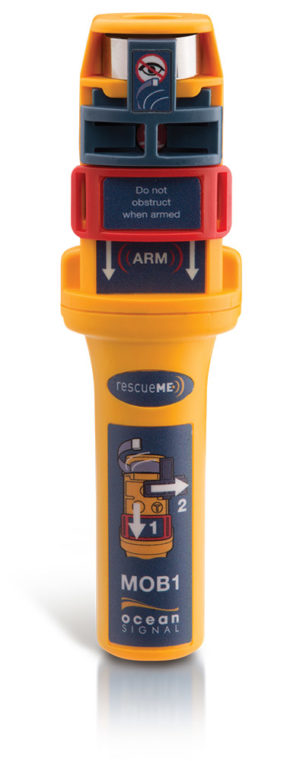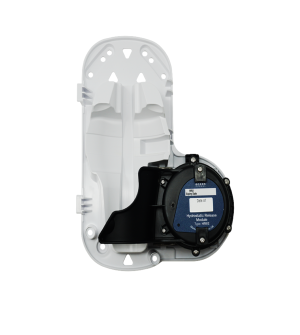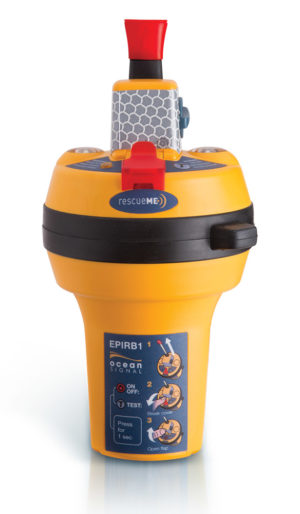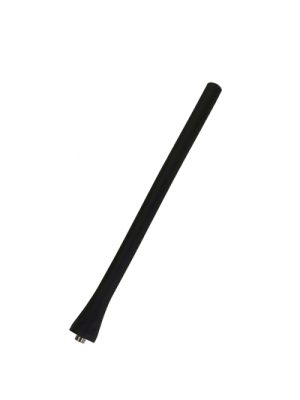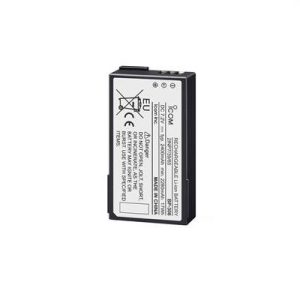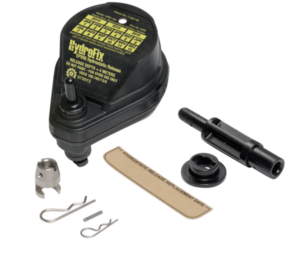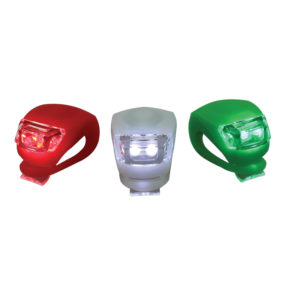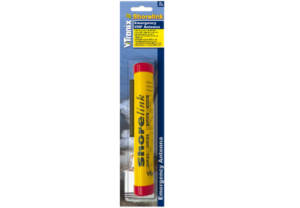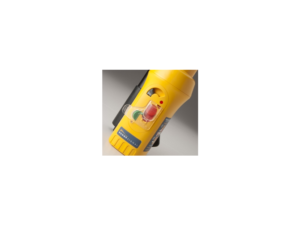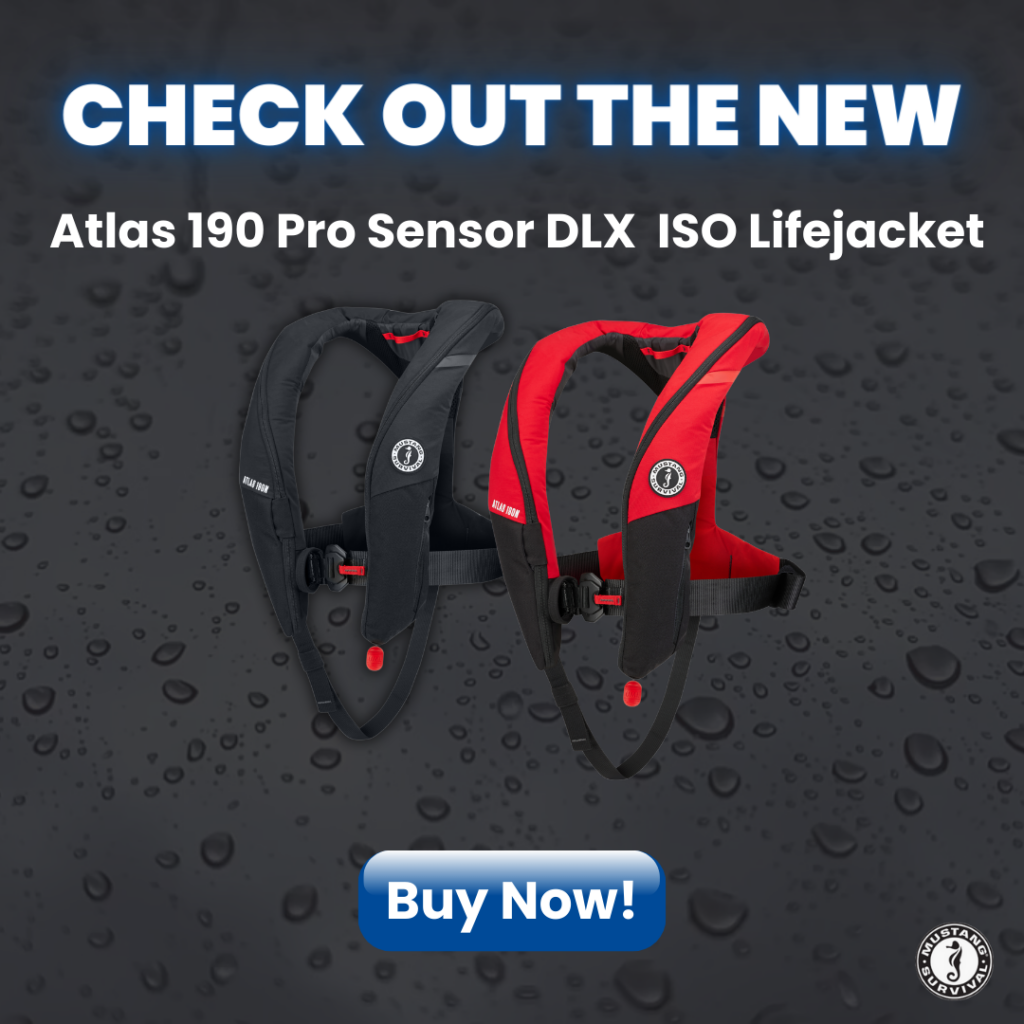Description
Ocean Signal rescueME PLB1
Year Battery Life 7 Year Warranty 24+ Hours Operational Time
Wherever you are, at sea, on land, the rescueME PLB1 provides the reassurance that global emergency services can be alerted by the press of a button. rescueME PLB1 uses the only officially recognised worldwide dedicated search and rescue satellite network (operated by Cospas Sarsat).
Because this service is funded by governments, it is completely free of charge to use.
When activated the rescueME PLB1 transmits your position and your ID to a Rescue Coordination Center via satellite link.
The rescue services nearest to you are promptly notified of your emergency and regularly advised of your current location to assist prompt rescue.
The rescueMe PLB1 can be operated with a single hand in even the most challenging situations and a simple spring loaded flap covers the activation button to prevent inadvertent use. The rescueME PLB1 is an ideal choice for a solo sailor in an emergency situation, its features included
- 30% smaller (typ) by volume
- Easily fits in lifejacket
- Retractable Antenna
- 7 Year Battery Life
- 7 year warranty
- 24+ hour operational life
- Operates on 406MHz Satellite and 121.5MHz Homing frequency
- 66 Chanel GPS
- High brightness strobe light >1candela
- 66 channel GPS receiver
- Unique mounting clip
- Operates on the global Cospas Sarsat rescue system
- Free to use, no subscription charges
- Option to add a floatation pouch
*Note: The PLB1 will not float and is not recommended for the use on or in water unless tethered to the Ocean Signal PLB1 Floatation Pouch or other suitable floatation devices
Please see the FAQs tab to see more advice on this product.
Remember to register the PLB1 with the UK Coastguard – to register the PLB1 once received please visit www.gov.uk/406beacon
Before you start registration
You’ll need:
- the beacon Hexadecimal Identification (HEX ID) or Unique Identifying Number (UIN), manufacturer serial number and model
- an emergency contact for search and rescue authorities
- if you have a vessel – your vessel name, number, call sign, Maritime Mobile Service Identity (MMSI) number, and details of the radio communications equipment you use
- if you have an aircraft – your aircraft make, model, registration mark, and details of the radio communications equipment you use




